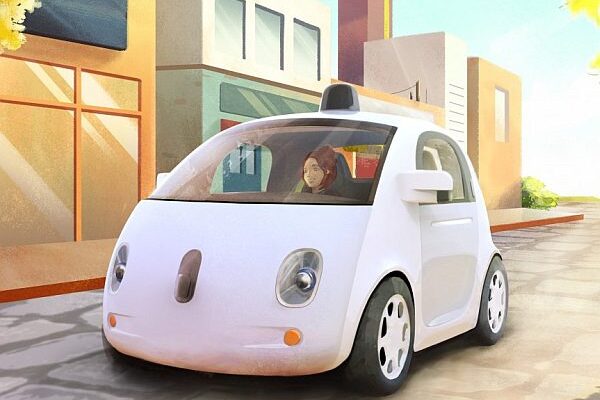
Autonomous taxis would be green and cost effective says study
According to the study, per-mile greenhouse gas emissions of an electric vehicle deployed as a self-driving taxi in 2030 would be 63% to 82% lower than a projected 2030 hybrid vehicle driven as a privately owned car, and 90% lower than a 2014 gasoline-powered private vehicle. Much of the savings – almost 50% – would result from tailoring the size of the taxi to each trip’s occupancy needs.
Such "right sizing" would include small one- and two-seat vehicles. These vehicles could accommodate single passengers with little or no luggage and be cost effective for both passengers and fleet owners.
"Most trips in the U.S. are taken singly, meaning one- or two-seat cars would satisfy most trips," says Jeffery Greenblatt, one of the study’s authors. "That gives us a factor-of-two savings, since smaller vehicles means reduced energy use and greenhouse gas emissions."
The net energy effect of combining ride-sharing with right-sized autonomous taxis was also determined. The researchers found that if 10% of one-person rides were shifted to two-person rides, the total miles traveled would decrease 3.1% while average energy consumption (due to the larger vehicle) would increase 0.6%, resulting in a net energy decrease of 2.5%.
The study also considered two other key factors:
The power grid in 2030: The study assumed a cleaner electric grid in 2030 in which more power will be being generated from renewable energy, resulting in lower greenhouse gas emissions from electricity use.
Cost effectiveness of autonomous taxis: An economic analysis found that when driven 40,000 to 70,000 miles per year – typical for U.S. taxis – alternative-fuel vehicles (i.e., hydrogen fuel cell or electric battery based) were more cost effective than gasoline powered cars. Despite their higher initial cost, such vehicles’ lower per-mile fuel cost makes up for the difference at higher annual vehicle-miles travelled.
Other efficiencies of self-driving cars – such as the ability of autonomous vehicles to follow closely behind other such vehicles (to reduce wind resistance), to optimally route trips, and to accelerate and brake more smoothly – were not factored into the study’s results. "These are all incremental, but they do add up," Greenblatt says. "However, we didn’t even include these effects in our baseline results, and we still get huge savings without them."
For more, see the study published in the journal Nature Climate Change: Autonomous taxis could greatly reduce greenhouse-gas emissions of US light-duty vehicles.
 If you enjoyed this article, you will like the following ones: don't miss them by subscribing to :
eeNews on Google News
If you enjoyed this article, you will like the following ones: don't miss them by subscribing to :
eeNews on Google News



